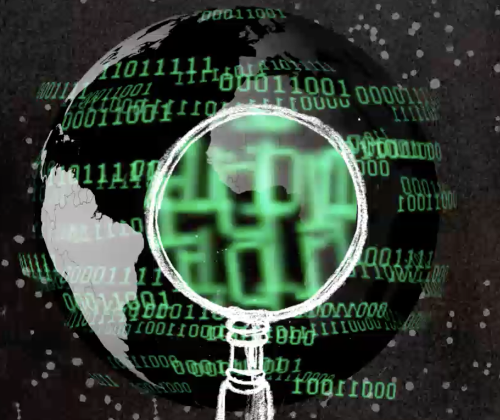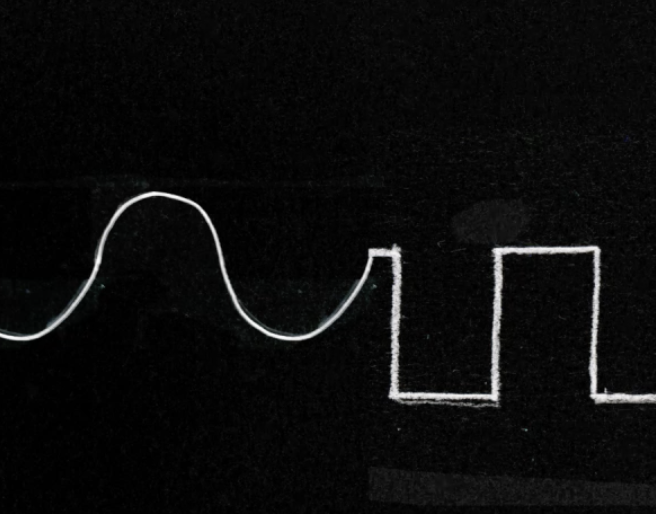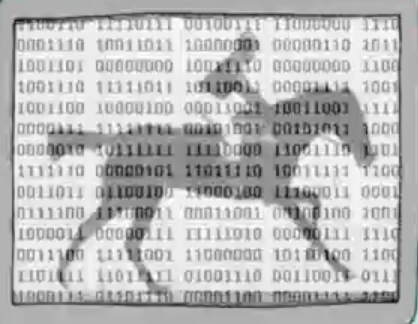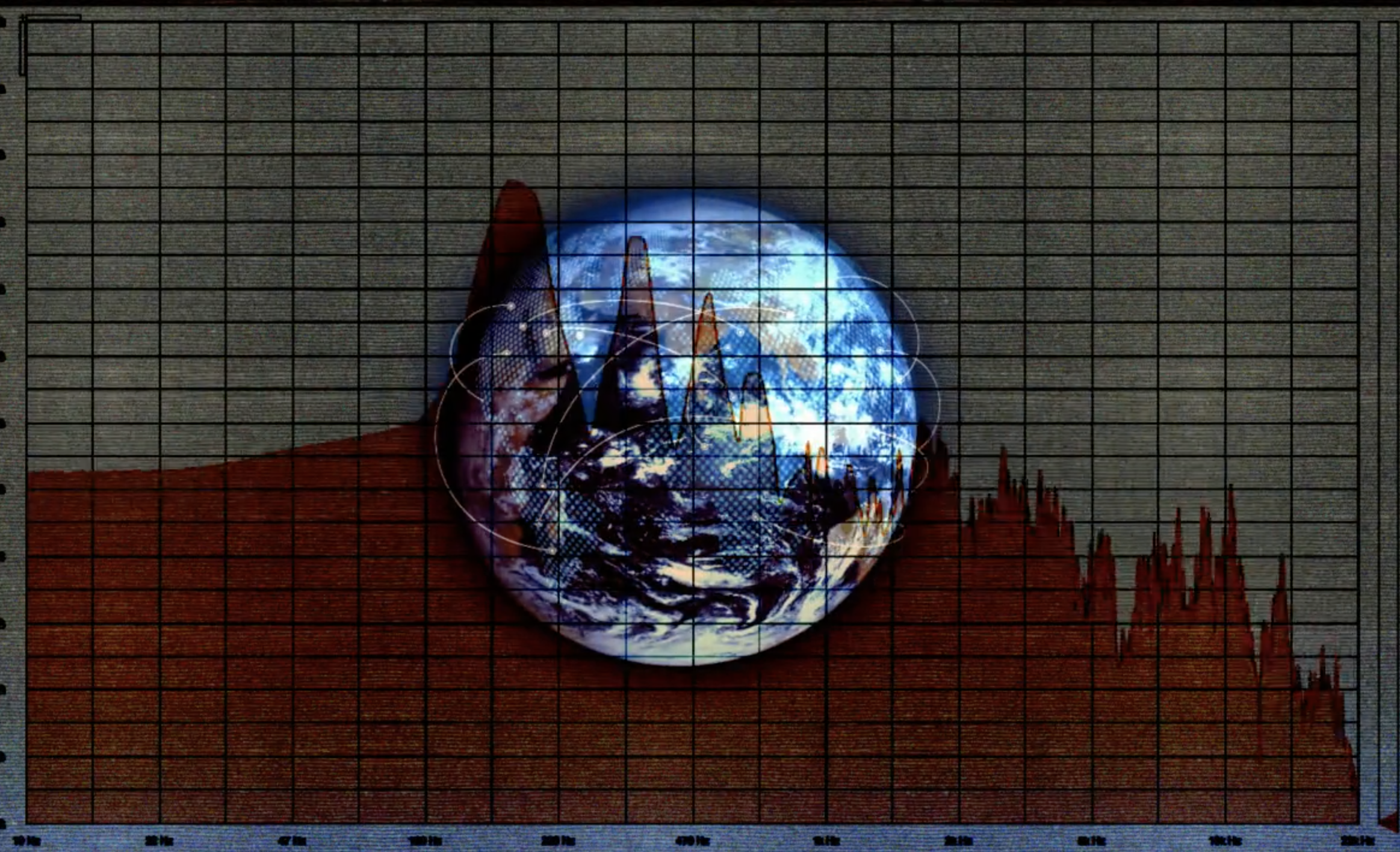Why digital source criticism?
 Historians of the 21st century need to be aware of the specific nature of the digital sources they analyse in their research.
The critical interrogation of a historical source - finding out who created it, at what time, for what purpose and in what context - has always formed the basis of historical scholarship. But now that we have seemingly unlimited access to retro-digitised material and born-digital data through the web, we need to learn how to critically assess digital resources, just as we have always done with “analogue” materials. The impact of digital technology might be compared to the way in which the introduction of the microscope and telescope in the 16th century changed the scale at which natural phenomena could be perceived and studied. To be able to cope with these changes, we need a thorough understanding of the interplay between digital technology and historical research.
Historians of the 21st century need to be aware of the specific nature of the digital sources they analyse in their research.
The critical interrogation of a historical source - finding out who created it, at what time, for what purpose and in what context - has always formed the basis of historical scholarship. But now that we have seemingly unlimited access to retro-digitised material and born-digital data through the web, we need to learn how to critically assess digital resources, just as we have always done with “analogue” materials. The impact of digital technology might be compared to the way in which the introduction of the microscope and telescope in the 16th century changed the scale at which natural phenomena could be perceived and studied. To be able to cope with these changes, we need a thorough understanding of the interplay between digital technology and historical research.
Objectives of Ranke.2
By engaging with our lessons, that consist of animations, quizzes and assignments, students will learn:
- How digitisation and the web have changed the nature of historical research.
- How digital objects are created (retro-digitised, born-digital, converted documents).
- What changes when an analogue source is turned into a digital representation.
- How to question the concept of the “original”.
- How information is added to a digital object (metadata).
- How data is published online and made searchable.
- What the impact of search engines is on finding and selecting sources.
- How to apply a number of digital tools to data.
- The difference between conducting research in an archive and online.
- The properties of different types of data (text, images, objects, audio-visual).
Transformation from analogue to digital
 A digital text, image or recording may appear to be similar to its analogue version, but it is actually a collection of digits arranged in a particular order that offers a representation of the original which can be viewed on a screen, without its material characteristics.
Turning an analogue object into a digital one entails a whole series of changes that affect its appearance and informative value. The analogue object is taken out of its original context, whether a private household, archive, museum or library, converted into digits, enriched with metadata and then published online. See: lit ; lit; lit; lit
A digital text, image or recording may appear to be similar to its analogue version, but it is actually a collection of digits arranged in a particular order that offers a representation of the original which can be viewed on a screen, without its material characteristics.
Turning an analogue object into a digital one entails a whole series of changes that affect its appearance and informative value. The analogue object is taken out of its original context, whether a private household, archive, museum or library, converted into digits, enriched with metadata and then published online. See: lit ; lit; lit; lit
The hybrid historian
 These changes do not mean that traditional approaches to research are becoming obsolete. We still need to attentively read, analyse and interpret primary and secondary sources. We have to maintain our ability to sketch and to write with pen and pencil. We still need to visit archives, libraries and museums, since only a very small percentage of their sources have been published online. The best equipped historian is the hybrid historian, who knows how to combine traditional and innovative research practices. See: lit
These changes do not mean that traditional approaches to research are becoming obsolete. We still need to attentively read, analyse and interpret primary and secondary sources. We have to maintain our ability to sketch and to write with pen and pencil. We still need to visit archives, libraries and museums, since only a very small percentage of their sources have been published online. The best equipped historian is the hybrid historian, who knows how to combine traditional and innovative research practices. See: lit
Insights through crossovers
 The lessons we offer on this website are a crossover between history, archival studies, ancillary sciences, information science and computer science. In our view this multidisciplinary approach is necessary to foster a new generation of digital savvy scholars, who ask the right questions when dealing with digital content and are able to organise, analyse and present digital and analogue data with the help of digital tools. See: lit
The lessons we offer on this website are a crossover between history, archival studies, ancillary sciences, information science and computer science. In our view this multidisciplinary approach is necessary to foster a new generation of digital savvy scholars, who ask the right questions when dealing with digital content and are able to organise, analyse and present digital and analogue data with the help of digital tools. See: lit
Key terms
meta-source criticism, the creation, enrichment and identification of digitised and born-digital sources, tool criticism: remix and re-contextualisation: reuse of data in a digital context